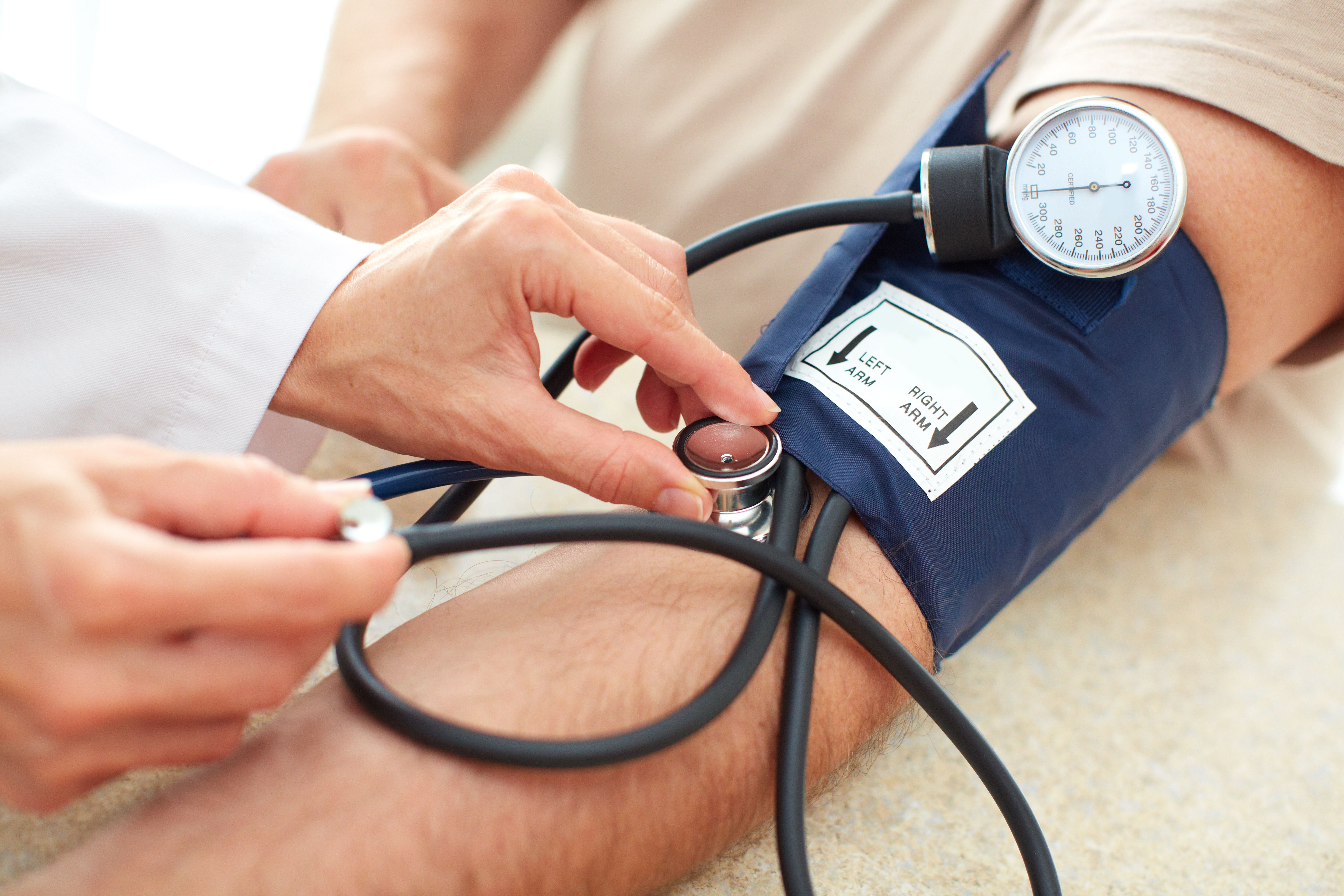Article
Test for Early Detection of Heart Problems Reduces Cardiotoxicity Risk From Chemotherapy
Author(s):
Key Takeaways
- Anthracycline-based chemotherapy poses a risk of cardiotoxicity, affecting approximately 1 in 20 cancer patients.
- The SUCCOUR trial compared traditional LVEF monitoring with GLS monitoring for early detection of heart damage.
A more sensitive test capable of detecting heart function issues early in cancer treatment may be beneficial in preventing heart failure.
A more sensitive test capable of detecting heart function issues early in cancer treatment may be beneficial in preventing heart failure, according to a multi-center, international, clinical trial co-led by Peter Munk Cardiac Centre (PMCC) cardiologist Dinesh Thavendiranathan, MD, MSc, FRCPC, FASE.
For approximately 1 in 20 patients diagnosed with cancer, some of the therapies they are prescribed also have the potential to cause heart failure. For this reason, researchers conducted a trial comparing heart function at the end of anthracycline-based chemotherapy, which is a cancer treatment that can also damage the heart, causing cardiotoxicity.
Sindhu Johnson, a patient with breast cancer, was among 307 total participants who enrolled in the trial, 90% of whom had breast cancer.
"When I was diagnosed, I was scared for my life," Johnson said in a press release. "I was willing to undertake any treatment, but I understood my survival may come at a price. And that price included cardiotoxicity."
Thavendiranathan, the lead of the Cardiotoxicity Prevention Program at the Ted Rogers Centre for Heart Research at PMCC, explained that cardiotoxicity acts as an additional burden to the lives of patients already struggling with cancer.
"We hoped our study would show a better way to care for cancer patients, who are already fighting one disease and should not have to worry about the future risk of heart failure too," Thavendiranathan said in the press release.
During the trial, participants were separated into 2 groups during their cancer treatment. In the first group, patients received the current standard of care, measuring left ventricular ejection fraction (LVEF) with echocardiography, which is a traditional imaging technology. In the second group, patients received the current standard of care with an additional imaging method that measures global longitudinal strain (GLS).
Whereas measuring LVEF shows the amount of blood being pumped out of the left ventricle of the heart with each contraction, measuring GLS works differently by demonstrating the deformation of the heart muscle.
"LVEF is the traditional imaging method, but we already know measuring GLS allows for a better identification of heart damage," Thavendiranathan said in the press release. "What we didn't know is if we can reduce the risk of cardiotoxicity by intervening once this early heart damage is detected."
Although the authors who published the findings of the SUCCOUR trial noted that it did not meet its primary outcome—because there was no difference in the continuous measure of heart function for patients in the LVEF and GLS arms among both treated and untreated patients—they did observe patients with an abnormal change in heart function in the GLS arm, which allowed them to initiate the appropriate therapy.
Among these patients, GLS-monitoring allowed for a lower reduction in heart function than traditional LVEF-monitoring. The researchers also observed these patients had a reduced risk of cardiotoxicity, as heart damage was detected sooner and in twice the number of participants than in the LVEF arm.
For oncologists and cardiologists alike, prevention of cardiotoxicity in patients with cancer is a significant concern. For this reason, the results from the secondary outcome of the SUCCOUR trial that showed the use of GLS-monitoring can help patients avoid cardiotoxicity by intervening with cardioprotective therapy if damage is detected is valuable, because this may mean that further reduction in heart function is preventable and the risk of cardiotoxicity can be reduced, according to the study authors.
"The purpose of a sensitive method like GLS is to pick up the presence of disease and treat it early," Thavendiranathan said in the press release. "This means more patients will be treated, and if we start heart medications when a change is identified, we can prevent significant worsening of heart function."
Johnson, who had been randomized into the GLS arm, was one such patient who showed a change in heart function and was initiated on cardio-protective therapy, which improves heart function and prevents further damage, according to the study. Due to this intervention, Johnson’s heart function returned to normal with no presence of cardiotoxicity.
"Our findings suggest we should consider changing how we follow patients during cancer therapy and add GLS to routine heart surveillance," Thavendiranathan said.
Thavendiranathan also noted that the next step is to begin implementing the GLS-measurement approach in clinical practice.
"This trial gave me hope, and I'm thankful to say I'm now doing well and the cancer treatment worked," Johnson said in the press release. "Dr. Thavendiranathan is an excellent physician and researcher, and I'm very thankful to him."
REFERENCE
Test for early detection of heart problems reduces risk of heart damage from chemotherapy. Toronto, CA: University Health Network; February 2, 2021. https://www.eurekalert.org/pub_releases/2021-02/uhn-tfe020121.php. Accessed February 18, 2021.
Newsletter
Stay informed on drug updates, treatment guidelines, and pharmacy practice trends—subscribe to Pharmacy Times for weekly clinical insights.






